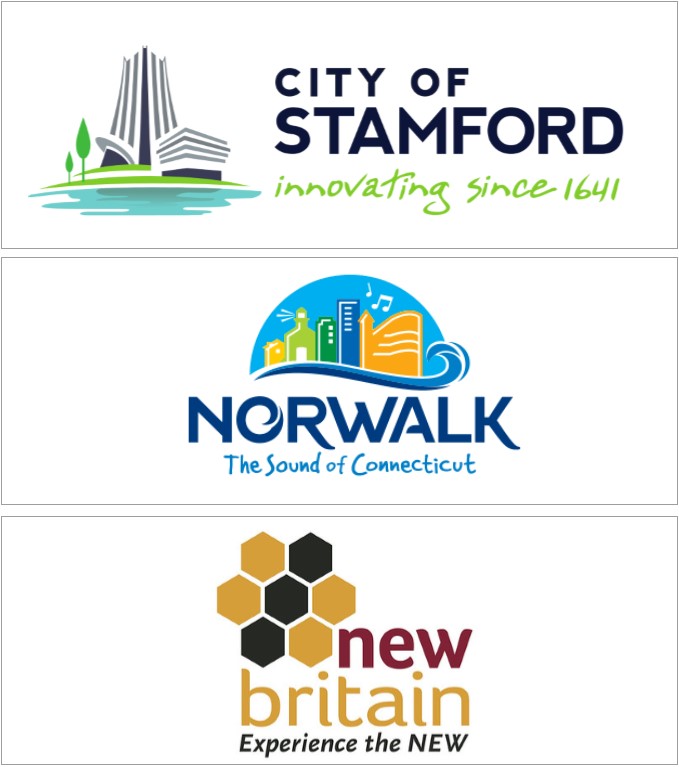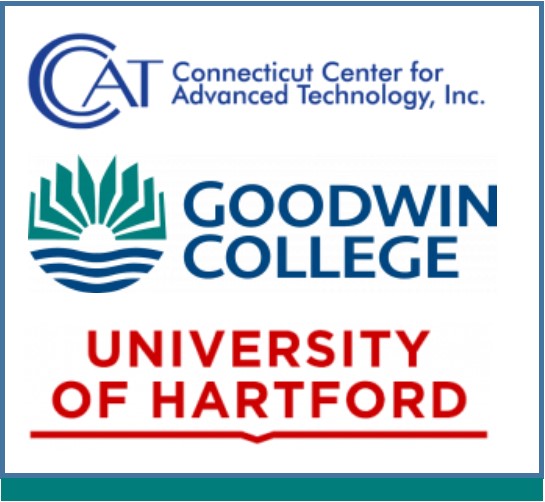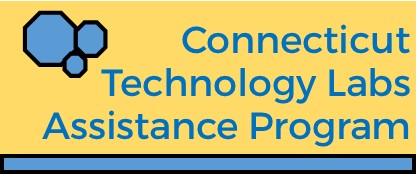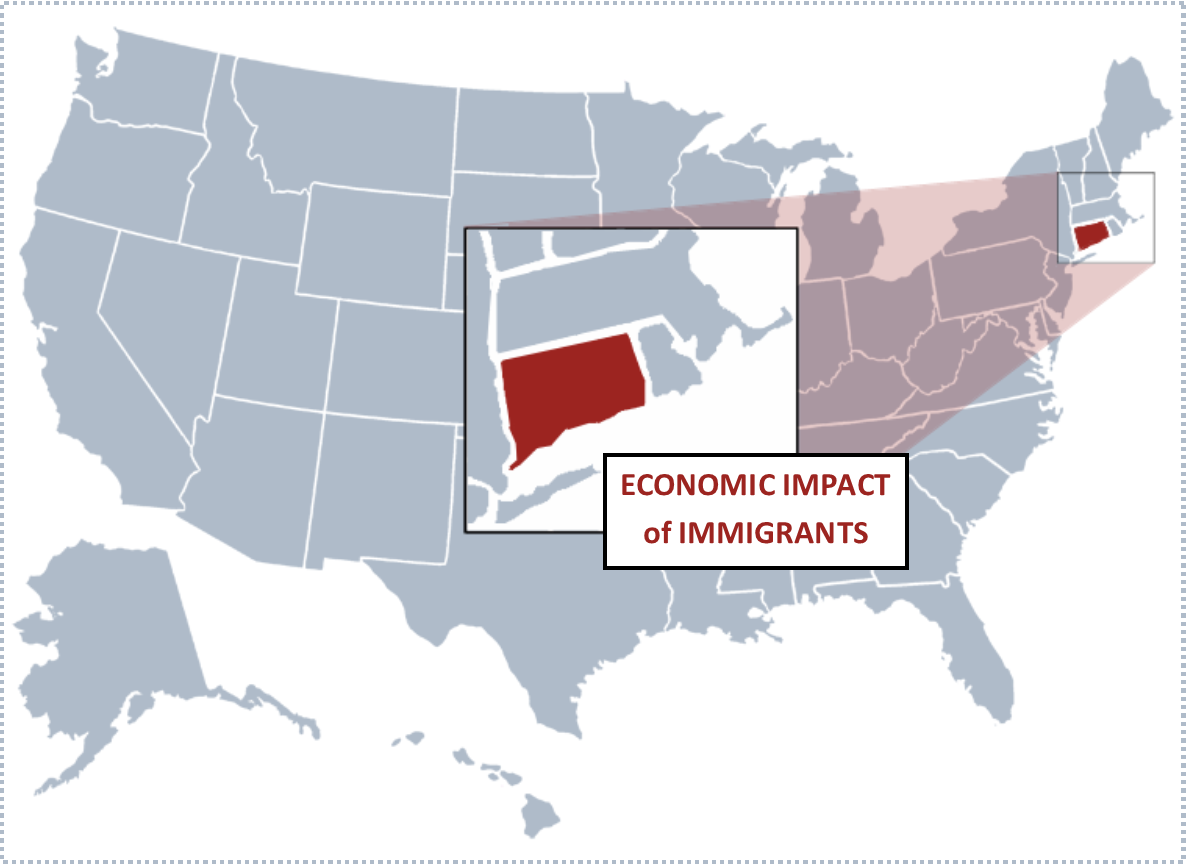Rebranding of Connecticut's Cities Continues: Waterbury Up Next
/The latest Connecticut community to go down the re-branding road is Waterbury. The Prospect-based marketing firm WORX Group presented its marketing concepts this week to the city’s Board of Aldermen, according to reports in the Waterbury Republican-American.
 In December, the firm proposed two logos and sought public input, including at a series of focus groups last spring. The underwhelming choices: The proposals were either a stylized “W” or a version of the city’s “brass horse.” The horse is modeled after the statute atop the Carrie Welton Fountain by the city’s downtown Green. The proposed logo adds two leaves as wings, symbolizing the city’s rebirth. The “W” has an upward-tracking center, representing the city’s rising trajectory.
In December, the firm proposed two logos and sought public input, including at a series of focus groups last spring. The underwhelming choices: The proposals were either a stylized “W” or a version of the city’s “brass horse.” The horse is modeled after the statute atop the Carrie Welton Fountain by the city’s downtown Green. The proposed logo adds two leaves as wings, symbolizing the city’s rebirth. The “W” has an upward-tracking center, representing the city’s rising trajectory.
The lack of enthusiasm – and some outright criticism – for the initial options prompted a new approach, which led to the latest proposal, a stylized multi-colored W with the city’s name underneath, unveiled this week for the city leadership’s approval.
 In recent years, Stamford, Norwalk and New Britain are among the Connecticut communities that have undertaken re-branding efforts, including rolling out new logos for the municipalities. New Britain took steps to redesign the city’s Main Street bridge over Route 72 with architectural features promoting a beehive theme, as highlighted in the logo launched in 2017, and New Britain began to use the new logo and tagline on signs, letterhead, brochures and its website.
In recent years, Stamford, Norwalk and New Britain are among the Connecticut communities that have undertaken re-branding efforts, including rolling out new logos for the municipalities. New Britain took steps to redesign the city’s Main Street bridge over Route 72 with architectural features promoting a beehive theme, as highlighted in the logo launched in 2017, and New Britain began to use the new logo and tagline on signs, letterhead, brochures and its website.
In Waterbury, the local marketing firm has been paid to $81,500 to develop marketing concepts and is proposing a $180,000, one-year, contract that would include a new website, social media, email marketing and other related initiatives. The website and social media campaign would include job openings, available properties, recreation opportunities, local eateries, upcoming events, health care resources, stories on city infrastructure projects and features stories on key city figures and business success stories, the newspaper reported.
The U.K.-based creative agency Canny, which chronicled city rebranding efforts around the world, has pointed out that “Creating a single brand for a city helps highlight its offerings and interactions, allowing it to appeal to both tourists and residents alike.” The site also notes that “good city branding can make a place seem desirable, but bad city branding can have the opposite effect.”







 ications of many nominees and refers their selection to the Legislative Leaders for approval. An awards ceremony, ‘Connecticut Hall of Fame Day,’ is held to honor those inducted.” Not lately.
ications of many nominees and refers their selection to the Legislative Leaders for approval. An awards ceremony, ‘Connecticut Hall of Fame Day,’ is held to honor those inducted.” Not lately.
 CCAT and the University of Hartford have a long history of working together developing programs, obtaining grant funding, sharing equipment and facilities, and ensuring that students have interesting research projects as well as hands-on learning opportunities through internships and experiential education. This is the latest program collaboration.
CCAT and the University of Hartford have a long history of working together developing programs, obtaining grant funding, sharing equipment and facilities, and ensuring that students have interesting research projects as well as hands-on learning opportunities through internships and experiential education. This is the latest program collaboration.



























